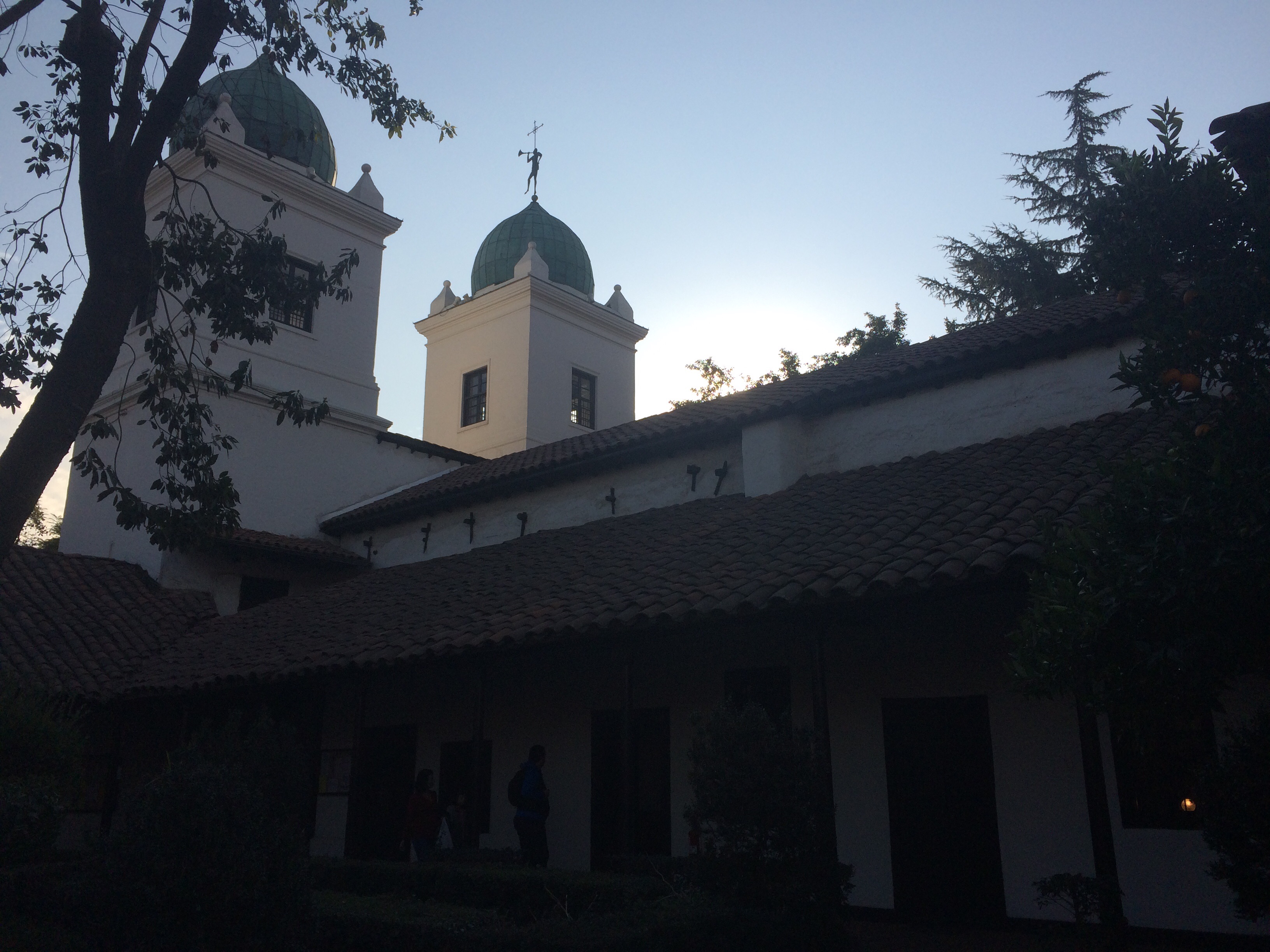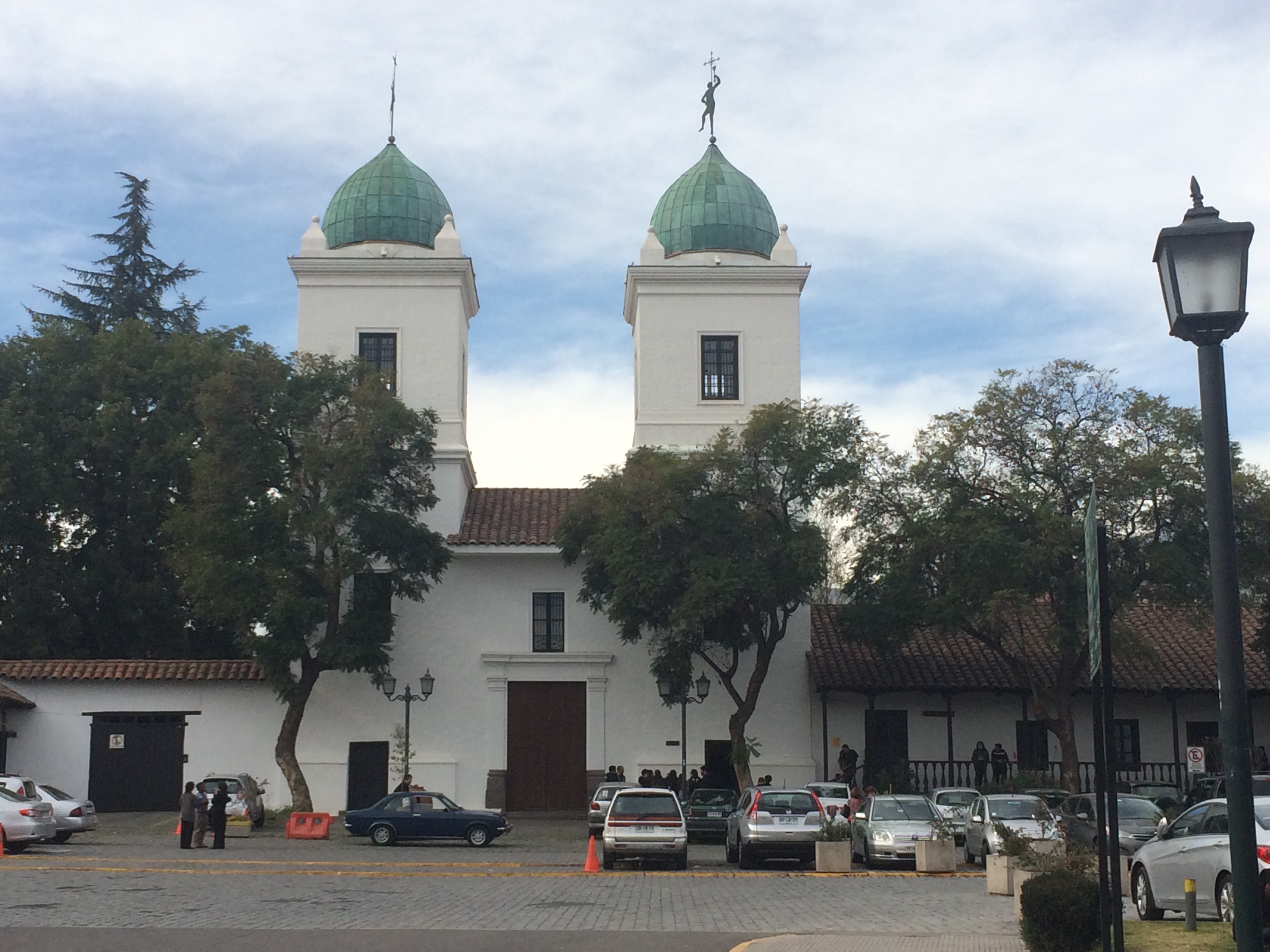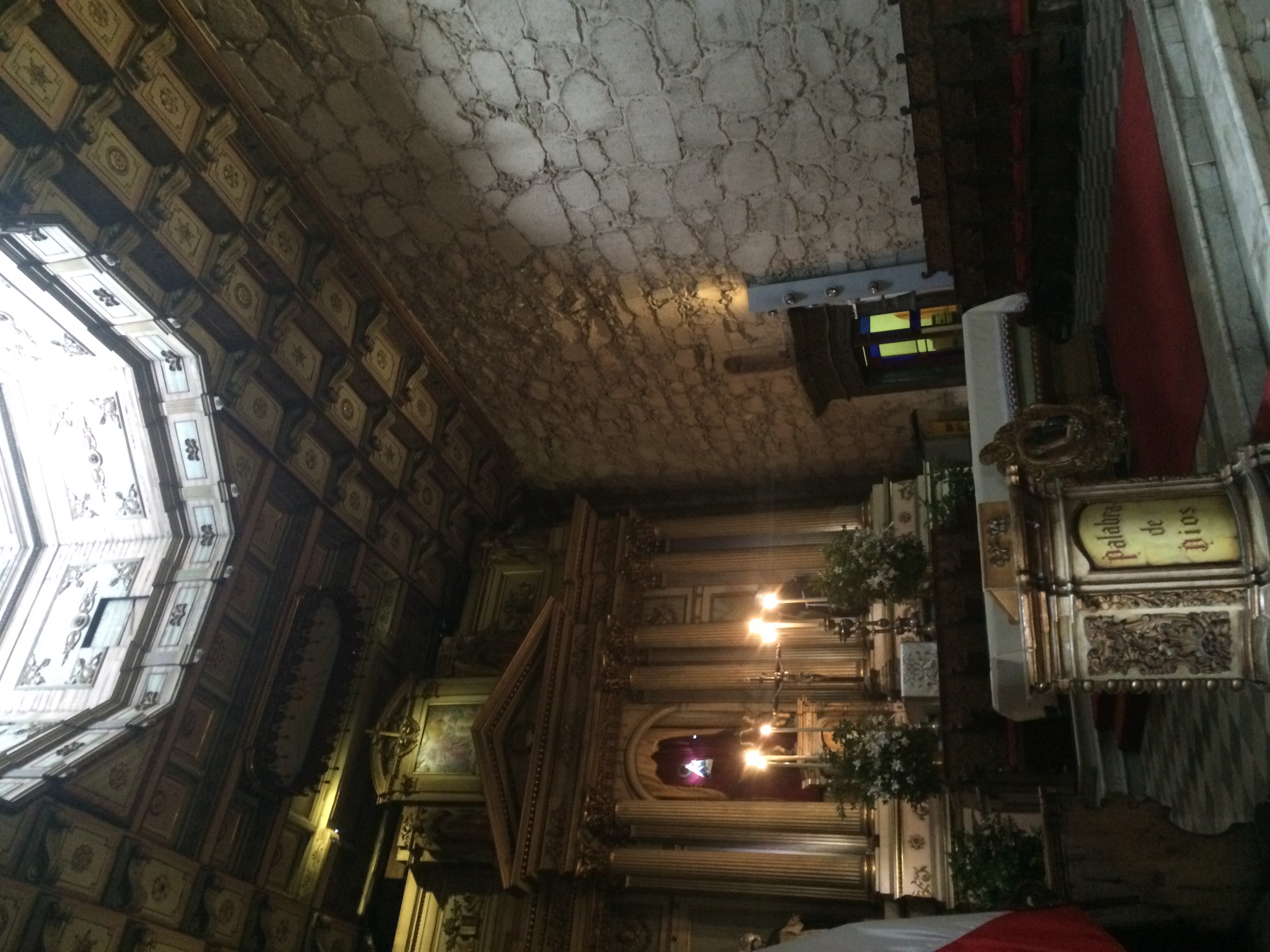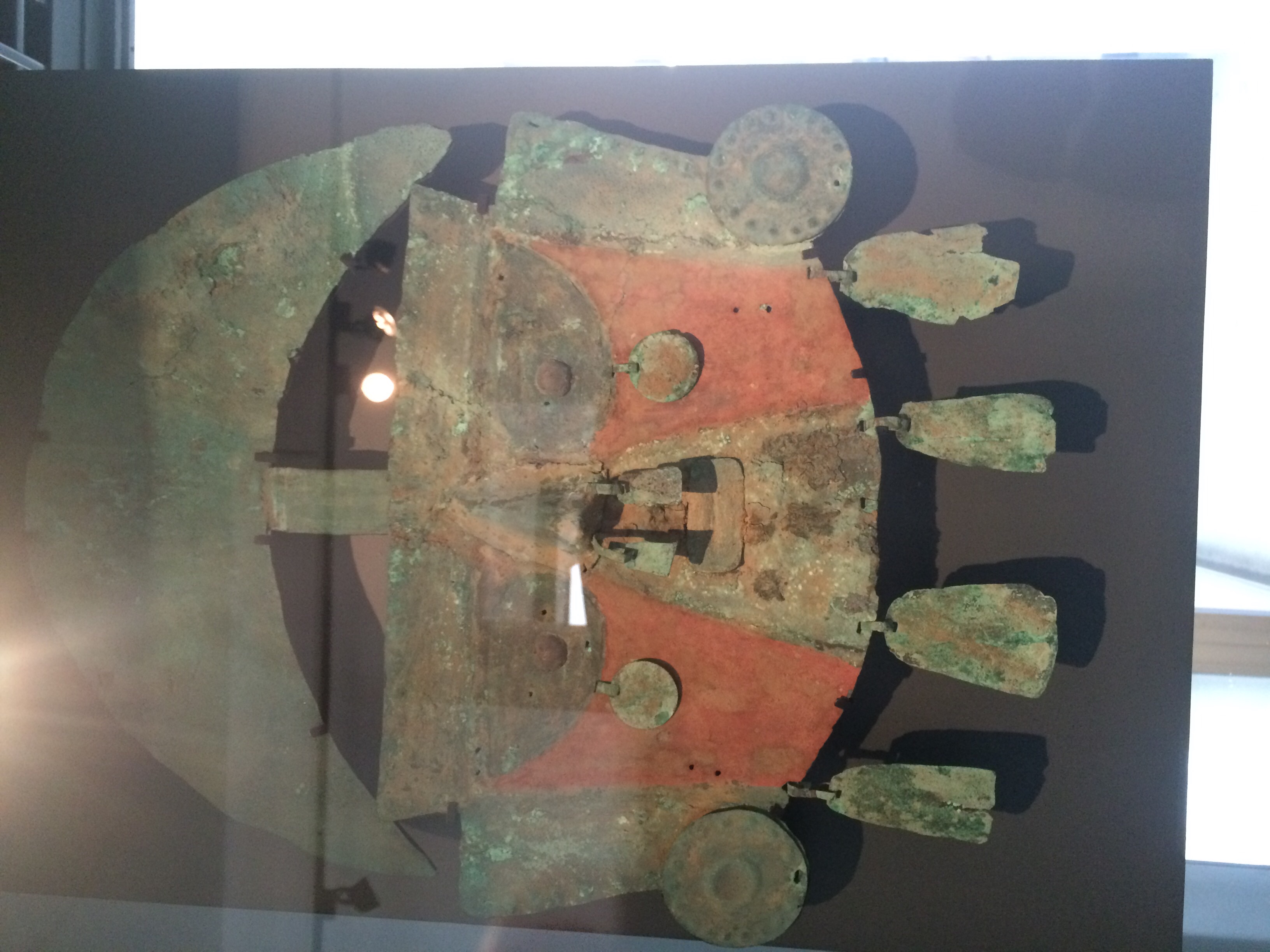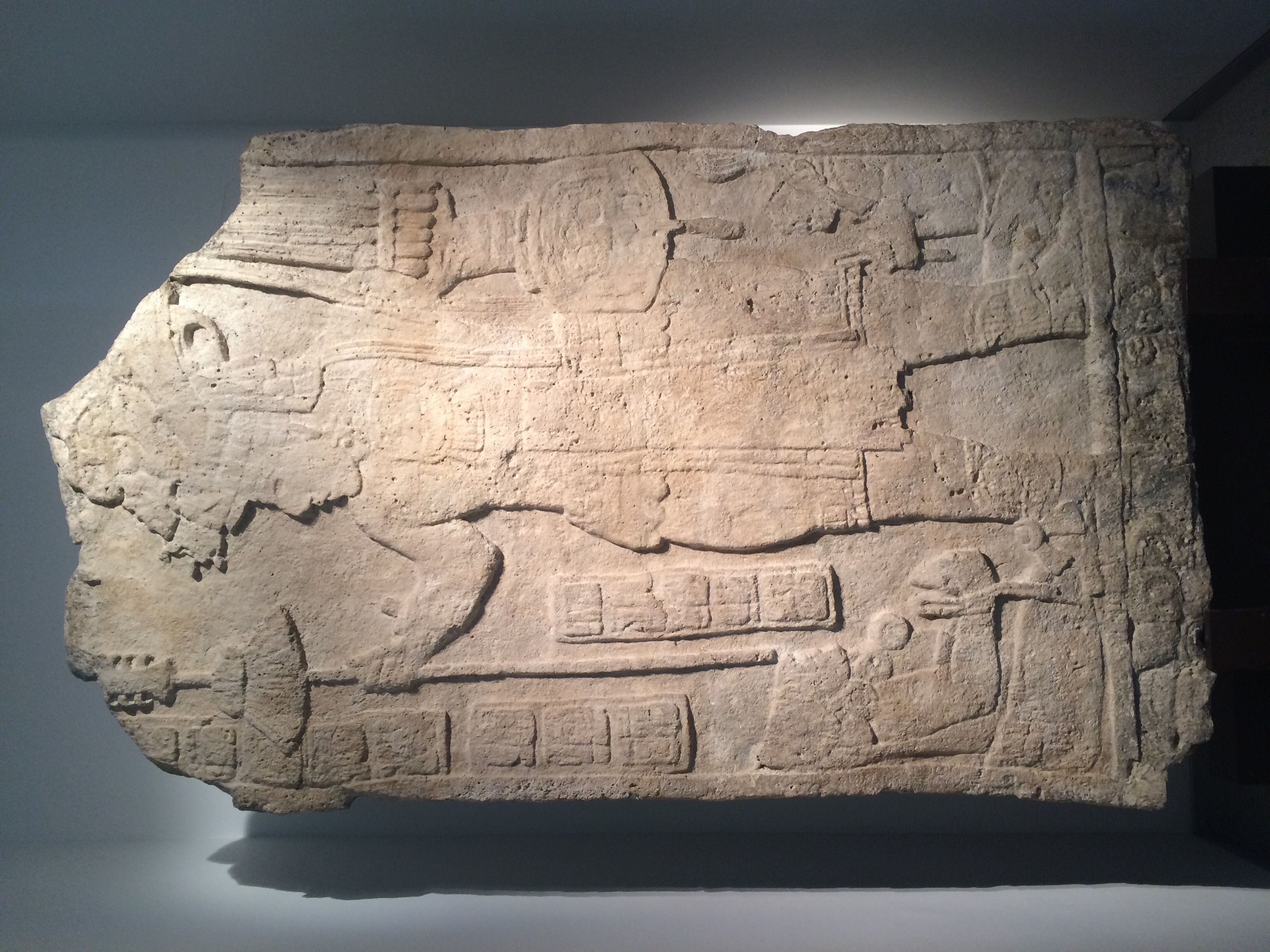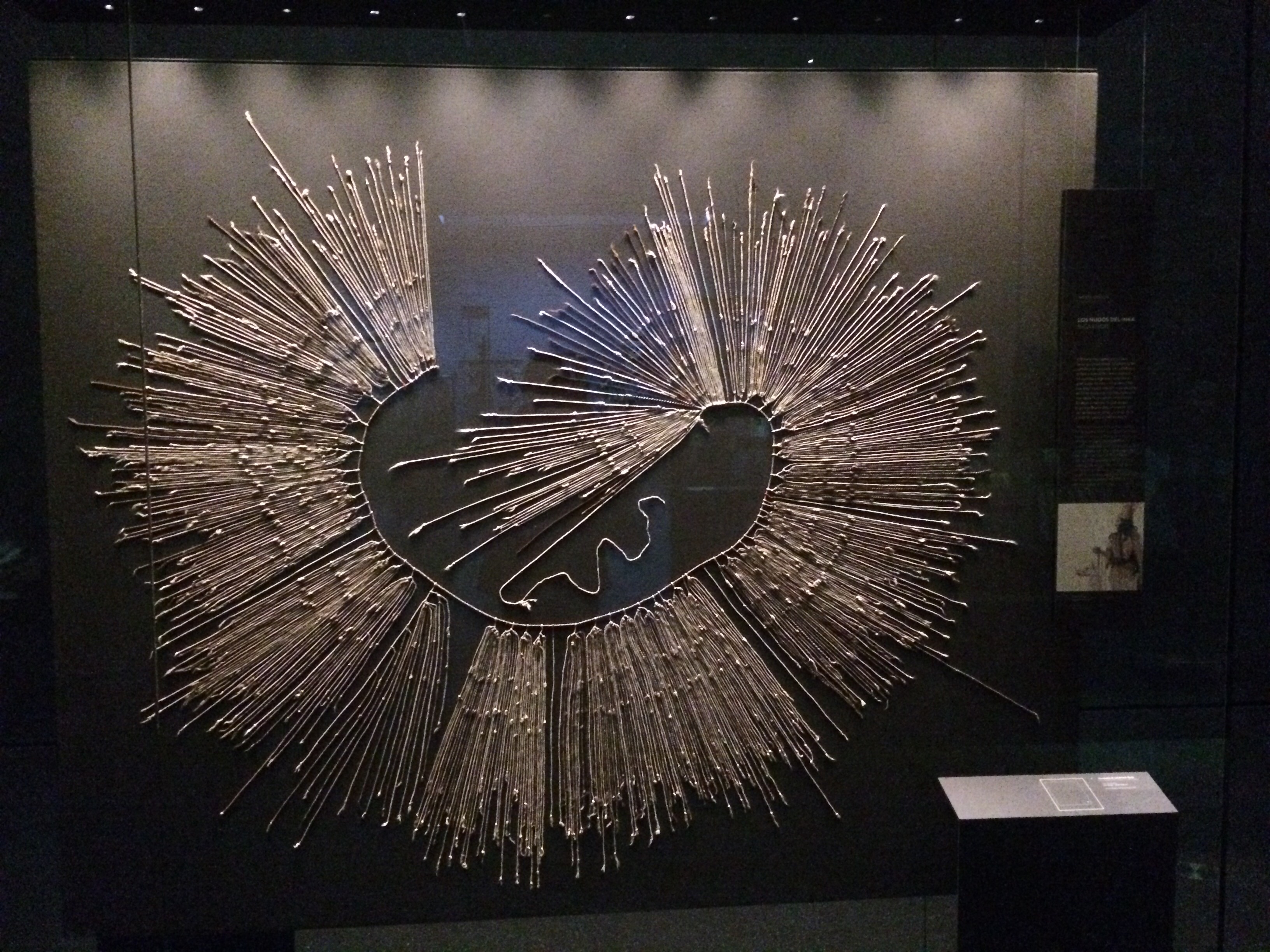25.07.2015.
Isla Negra
Despite its name Isla Negra is not an island, but a small and pintoresque town on the shore of the Pacific Ocean. It's beauty would be enough to attract the locals and the tourists, but furthermore here is the home of a Nobel literature prize awarded Chilean poet, Pablo Neruda. (The other Nobel-prize winner Chilean writer is Gabriela Mistral.)
Neruda was of a poor family, his mother died soon after his birth. His father, a locomotive driver, was always hard with him, later he married again. His stepmother was kind and loved him, he writes several times about her in his poets. However the lack of love, the poor circumstances during his childhood effected him.
He started to write poems as a child, although his father did not support him, and wanted him to learn a profession and go for a bluecollar job. He sent some of his poems to a literature competition in Santiago, which he won there price. After with the help of Gabrial Mistral, he started university in Santiago, which he never finished. Finally he entered the Chilean diplomatic service "for the living". He served in Batavia (Java) as consul, where he met a Dutch girl, they married and had a daughter. During his stay in Madrid he became friend to several famous poet such as Federico Garcia Lorca or Rafael Alberti. During one of his journeys he got known a rich Argentinean woman, Delia del Carril, 20 years older than him. She adored him as a poet and loved him as a man. They became lovers. Finally he divorced his Dutch wife who moved to Amsterdam with his daughter, they never saw each other again. Neruda and Delia lived in Paris, where she introduced Neruda to leftist, progressive intellectual elite of its time.
She bought a piece of land on the shore of Isla Negra in 1939, where they built there common house. They slept separate. Neruda's bed was next to a big window with view to the see, he loved so much. Neruda was a well known communist sympathiser, after the Spanish civil war, a real communist thinker and nearly a politician. That's why the Chilean government sent him to exile for several years, actually he had to fled from the country. During his exile in Mexico he got known Matilde Utturia. They fell in love and started an affair. He bought a house in Santiago's (that time suburban) Bellavista district, which they used for the get-togethers. It became famous as "La Chascona". Of course the affair turned to light and led to a divorce of the second wife and the marriage of Matilde. They rebuilt the house of Isla Negra, added several rooms. Their common matrimonial bed had a special position in the house: the sun rose at their head and set on their feet, while through a big window they could see the see. Neruda was a very special man, he was collecting literally everything: strange colourful crystal and ceramic glasses (including a Hungarian collection of green ceramic wine and palinka glasses, which are part of the exhibition), wooden figures (fiddle-heads) from the rostrum of wracked ships (there are around ten in his living room), signs form hotel rooms or streets (eg. "No smoking please", "change of towels every Monday"), signs and advertisements of shops (had a huge wooden made shoe from a shoe store and a 2m high wooden horse from the blacksmith of his birth town), handmade new and original (Aztec, Inca, Eastern-islander, African and Chilean tribal style) masks and figures, hats and helmets (military, fireman etc.), ties and bow ties in every shape and colour, he had around 8 million (!) pieces of see-shelves and 10.000 books, which his third wife donated to Chilean universities after his death.
He had an own bar under his house with view to the see, where he invited his friends to have dinner, drinks and cocktails prepared by him and play cards. The nights started with drinks on clear colour glasses, when the mood was on the top he started to give drinks in colourful green and blue glasses, and when the "party was over" he started to serve the drink is brown or black glasses. He had a similar virtue with foods. When he wanted the end the party he started to serve a "ham and eggs" made of plastic.
He had a heart attack when heard the news about the coup d'état of Pinochet, and he died two weeks later in the hospital. His body hopefully will rest (again soon) in the garden of his house in Isla Negra next to his third wife, where he could hear the song of his beloved see. (After the forensic analysis of his rests and the judiciary process will end regarding the suspect of his poisoning by Pinochet's forces, raised few years ago.)
Dél-amerikai kutató útról szóló kétnyelvű blog / Bilingual blog about a South American study tour
Alex is opening to the South
Santiago de Chile - Iglesia de los Dominicos 2.
Santiago de Chile - Iglesia de los Dominicos 1.
Santiago de Chile - Iglesia San Francisco 2.
Santiago de Chile - Iglesia San Francisco 1.
2015.07.23-24. Santiago de Chile
2015.07.23-24.
Santiago de Chile
Csütörtökön reggel egy jó hangulatú megbeszélést folytattam a chilei Külügyminisztériumban Rodrigo Nieto-val, a Dél-Amerika főosztály vezetőjével, akit még az egyetemen tartott latin-amerikai ügyekkel foglalkozó tárgyamra hívtam el előadni, mint akkori budapesti nagykövetet. Ez a beszélgetés adott ihletet egy újabb elemzés megírására a Bolívia es Chile közötti, a hágai Nemzetközi Bíróságon folyó területi vita kapcsán. Még a 19. század végen folyt háború során Chile komoly területeket szerzett Bolíviatól és Perutól. Azonban ezt az 1904-es békeszerződés érvényességét vitatja Bolívia a bírságra beadott keresetében, mely Nemzetközi Biróságnak még az illetékességét is vitatja Chile az ügyben.
Még csütörtök délután volt egy másik megbeszélés az Universidad del Pacifico Társadalomtudományi Karán, hogy két oktató kolléga fogadott az egyetem campusán. Komoly érdeklődés van a részükről együttműködések létesítésére magyar egyetemekkel, főleg hallgatói ill. oktatói csereprogram indítására.
Pénteken egy másik megbeszélés is volt chilei Külügyminisztériumban Rodrigo Pérez Manríquez-zel, az Európai főosztály vezetőjével. Majd délután találkoztam a spanyol nagykövetség egyik munkatársával, aki a budapesti spanyol nagykövetségen dolgozó Antonio barátom nagynénje. Milyen kicsi a világ. :-) Kora délután megnéztem a Dominikánus rendi templomot, ami Santiago modern negyede után, a hegyek lábánál fekszik. A templom és a mellette álló szerzetesrendi épületek közel kétszáz évesek, ami azért különösen érdekes, mert a városban a sok erős földrengés miatt kevés az igazán régi épület. Egy kivétel van ezalól, például az eddig mindent túlélt San Francisco székesegyház, ami több szempontból is különleges. Vastag falai, és speciális, mór technikával és motívumokkal felépített kazettás mennyezete nagyon strapabíróak. A 2010-es 8.8-as földrengés során nehány vakolat-rész megrongálodásán kívül, más kár nem esett az épületben. Egyebkent a templom oltára ad helyet a várost alapító Valdivia által az Újvilágba hozott Szűz Maria szobornak is.
23-24.07.2015. Santiago de Chile
23-24.07.2015.
Santiago de Chile
Thursday morning I had a nice meeting in the Ministry for Foreign Affairs of Chile, one with Rodrigo Nieto, director of South-America Department, whom I invited to hold lectures in the university on my course about Latin-America several times, while he was the ambassador of Chile in Budapest. In the afternoon I visited the Universidad del Pacifico, and had a meeting with colleagues of the Faculty of Social Sciences, who, has interest in cooperation with Hungarian universities in student and professor exchange program.
On Friday I had an other meeting in the Ministry for Foreign Affairs of Chile with Rodrigo Pérez Manríquez, the director of Europe Department. After I met the aunt of my friend Antonio from the Spanish embassy in Budapest, who is working for the Spanish embassy in Santiago. It's a small world. :-) In the afternoon I have visited the Dominican church and convent outside of the modern district of Santiago. It is nearly 200 years old, which is amazing regarding the fact that the huge earthquakes always are destroying the older buildings. There is one exception: the San Francisco church, which survived everything until now, even the 2010 earthquake with the intensity 8.8. It has very thick stone walls and built in "Moorish" style and technique with special wooden facade and roof in 1622 by the Spanish architects.
